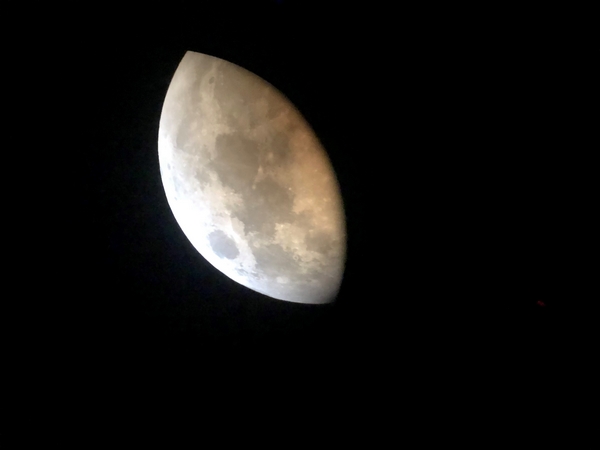I’ve seen the Moon countless times and never wondered how it was formed—until today!
The Big Splash: Theia’s Impact and the Birth of the Moon
Three theories have been debated around the world about the Moon’s formation, but I find this one the most fascinating: Theia, a planet about the size of Mars, existed in our solar system 4.5 billion years ago. Astronomers believe that Theia collided with the early Earth in a catastrophic event. Computer simulations of this “late-impact” scenario suggest that Theia struck Earth at an angle of about 45° with an initial impactor velocity below 4 km/s.
The impact was so massive that Theia’s iron core likely sank into Earth’s core, while much of Theia’s and Earth’s mantle material was ejected into orbit. This debris, consisting of mantle material from both Theia and Earth, orbited around Earth so quickly that it began to accumulate, much like a snowball collecting more and more material with each orbit. This accumulation eventually formed the Moon.
Evidence of the Collision: The Moon’s Impact Craters
The impact craters seen on the Moon’s surface are said to be evidence of this colossal event, a collision that is now known as the “Big Splash.”




